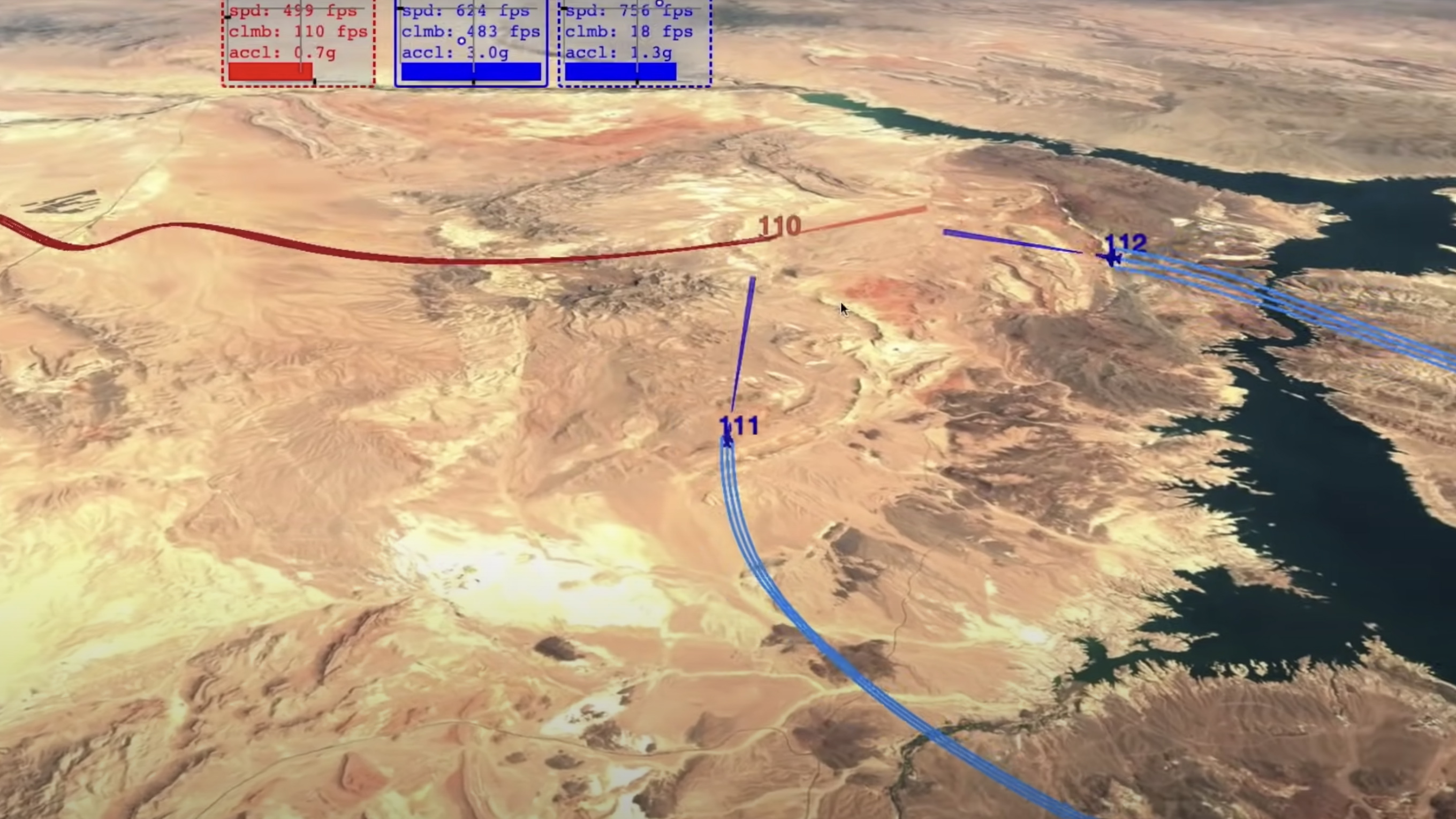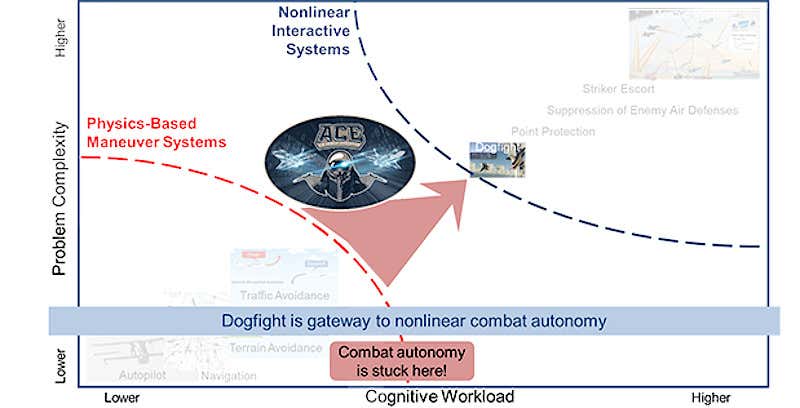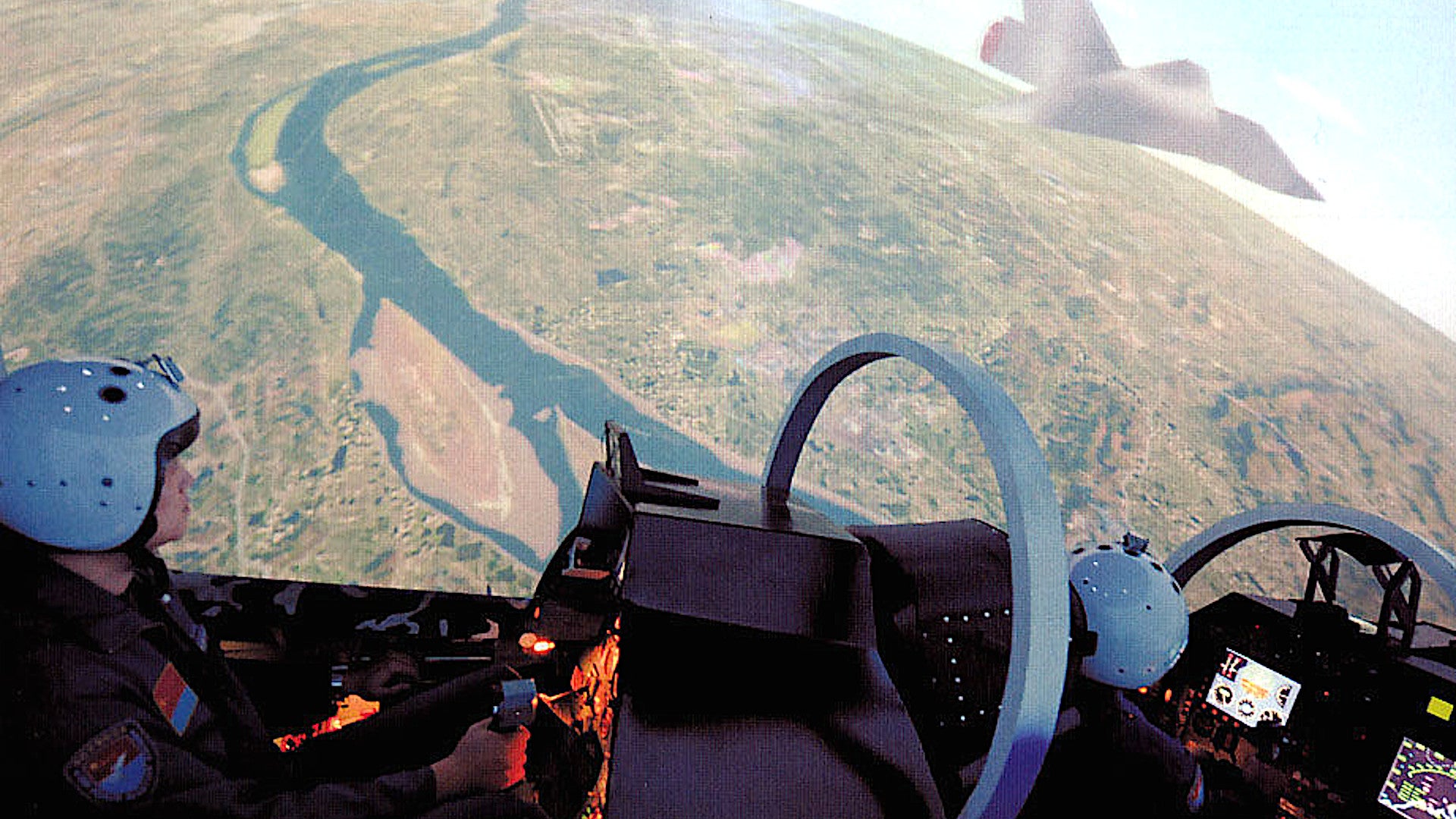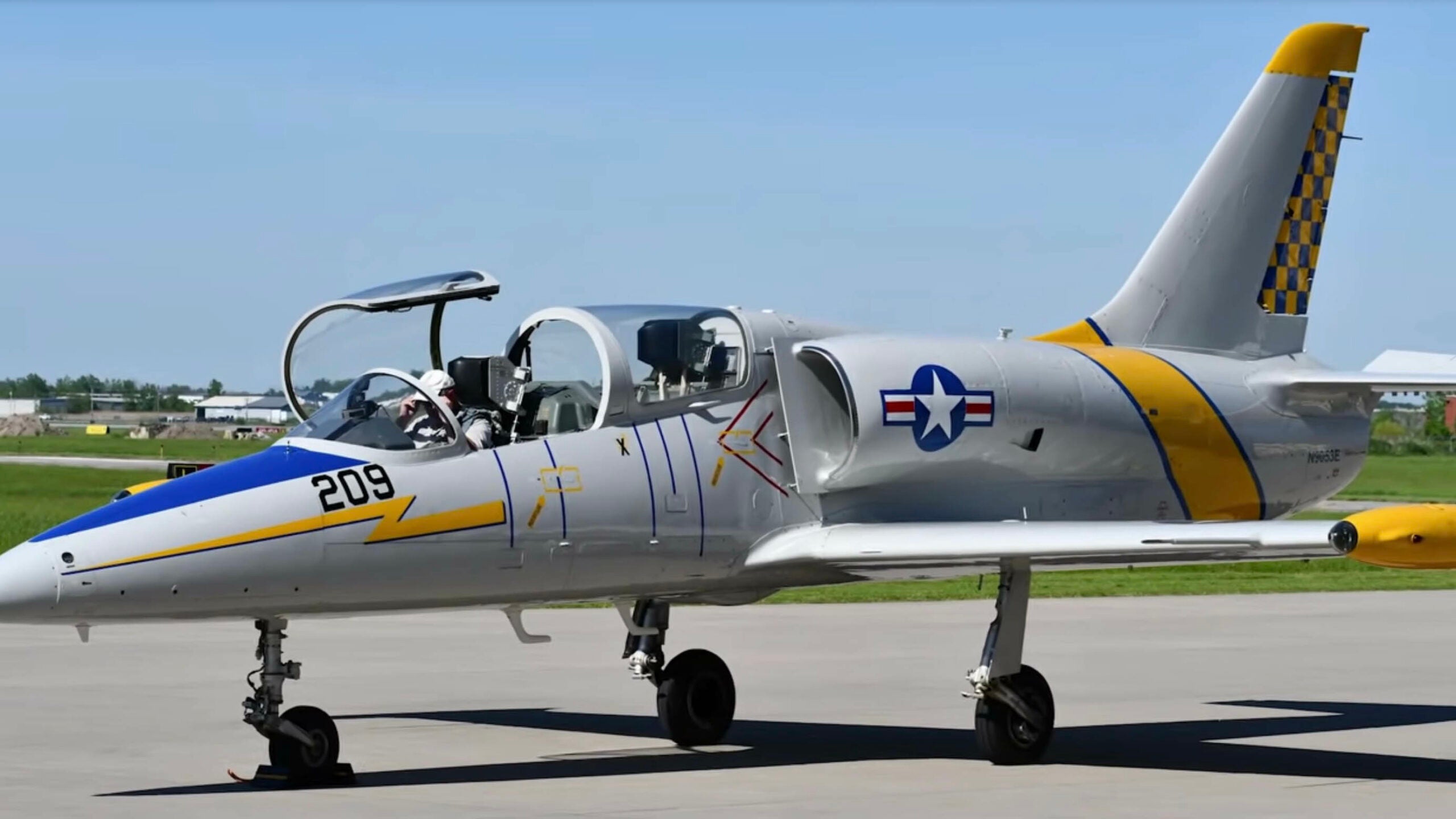The software company whose artificial intelligence, or AI, technology beat a human fighter pilot in multiple dogfights carried out in a simulator during last year’s high-profile AlphaDogfight trials is going to get the chance to put it through its paces in a real jet. Heron Systems recently confirmed to The War Zone that “in the near future” it will integrate its systems into an L-39 Albatros jet trainer as part of the Defense Advanced Research Projects Agency’s Air Combat Evolution program, which looks at how AI and machine learning could be employed in air-to-air combat in the future.
Heron says it’s so far flown more than 70 flights to test its AI technology on unspecified real-world fixed-wing drones, including achieving AI-controlled dynamic flight maneuvers and following virtual waypoints. Meanwhile, the company has also continued to use its developments in AI to simulate adversaries and wingmen in the virtual reality realm.

This information was provided as part of a recent announcement that Heron had been acquired as a new division of Shield AI, a San Diego-based tech firm that specializes in autonomous AI-enabled defense technology, including adapting self-driving car technologies for use in military aircraft.
“Shield AI enables us the opportunity and scale to accelerate the integration of our AI-pilot on a next-generation fighter and UAS [unmanned aircraft system],” said Brett Darcey, Heron Systems general manager. “What stood out about Shield AI for us is that they’re really the only ones who have an operational AI pilot that can operate on the edge without GPS or comms, and this has been proven on combat operations.”
“Whoever has the best AI pilots will have a decisive and overwhelming advantage on the battlefield — inferior AI pilots will be quickly destroyed, militaries without AI pilots won’t stand a chance,” added Brandon Tseng, the cofounder of Shield AI.
The combined Shield AI and Heron team is excited and humbled to contribute to the warfighter, national security, and global stability by operationalizing AI pilots onboard 6th generation fighters and Group 5 UAS “ said Brandon Tseng Shield AI cofounder and former Navy SEAL.
According to a joint press release from the companies, Heron and Shield AI will together “accelerate the deployment of advanced AI pilots to legacy and future military aircraft — an urgent and necessary step toward achieving national security priorities and remaining credible in the face of sophisticated peer countries.”
One of those next steps is the aforementioned Phase 2 of DARPA’s ACE program, which will expand the AI-driven dogfighting scenarios to include live subscale aircraft, both propeller-driven and jet-powered, to see just how those AI algorithms translate to live air combat scenarios. Then, under Phase 3, that same AI technology developed by Heron will be inserted in a full-scale L-39 jet trainer, as an onboard AI “pilot.” Earlier this year, we reported how Calspan had already begun work to modify an L-39 for this role, although at that time it had not been specified which company would be providing the AI itself.

While Phase 2 is scheduled to take place later this year, the Phase 3 dogfights should follow in late 2023 and 2024.
Heron’s AI technology first came to wider prominence in the air defense realm in August last year when the company’s software was used in DARPA’s AlphaDogfight trials, the result of which was a 5-to-0 win in simulated dogfights against an experienced U.S. Air Force F-16 pilot, and five other AI pilots. You can read more about that here.

That event was followed by Phase 1 of ACE, which involved simulated 2-v-1 engagements that pitted AI-controlled F-16s against an opponent, at Johns Hopkins Applied Physics Laboratory (APL), earlier this year. Unlike the AlphaDogfight scenarios, ACE Phase 1 also included a notional air-to-air missile, as well as the F-16’s gun, expanding the scenarios into the beyond-visual-range battlespace.

Ultimately, DARPA hopes that technology developed by Shield AI and Heron, and by others, too, could smooth the path to AI technology being inserted into loyal wingman-type drones, like Skyborg, for example, allowing them to operate collaboratively alongside traditional manned fighters, as well as independently, in support of the same mission. The idea is for drones to potentially engage in dogfights (or other complex scenarios, for that matter), while the human pilots focus on overseeing the battle.
Other efforts are underway to provide drones with increased autonomy, too, including experiments by General Atomics that have involved semi-autonomous flight tests of the stealthy Avenger drone fitted with a DARPA-developed “autonomy engine.”

In particular, ACE is focused on progressing beyond relatively simple autonomous maneuvering to more complex capabilities that would be relevant in an actual combat scenario. The logical conclusion of that line of thinking is future air combat in which fully autonomous drones do battle in the air-to-air domain as well as performing air-to-ground missions, perhaps flying the more hazardous scenarios in which a manned fighter wouldn’t be risked.

In theory, an AI-controlled drone should also be able to perform some missions more effectively than its human-operated counterparts, exploiting the software’s ability to make decisions more rapidly and with greater acuity. The same software advantages would also lend themselves to managing networked swarms of drones, a concept that’s rapidly gaining traction in the United States, as well as among its allies and potential adversaries.
A video of the Low-Cost UAV Swarming Technology program, or LOCUST, which has tested concepts for networked teams of drones:

Then there’s the potential to incorporate this AI technology in manned assets as a “virtual co-pilot,” another development strand that the U.S. military, in particular, is starting to take a close look at.
It’s telling, however, that the press release from Shield AI and Heron made explicit reference not only to concurrent developments in this field that are happening in China but also to the U.S. Air Force’s Next-Generation Air Dominance, or NGAD, which will field its next fighter aircraft. Recently, it was revealed that the fighter around which NGAD will be based might be fielded in distinct versions, including a longer-range jet optimized for operations in the Indo-Pacific, while manned and unmanned versions are also a key part of the concept at this stage.
“Heron has developed the most advanced AI pilot for fighter aircraft in the United States,” Shield AI’s Ryan Tseng stated. “With China already showing comparable results, operationalizing Heron’s work for programs such as Next Generation Air Dominance must be a national security priority.”
The particular Chinese program that Tseng was referencing was its own tests of AI-driven aggressors flying against their human counterparts in simulated dogfights. According to Chinese reports, its air force pilots have also regularly lost these encounters, paralleling the results of AlphaDogfight. You can read our analysis of the Chinese reports here.

It also underscores the People’s Liberation Army’s growing interest and investment in the development of advanced artificial intelligence and machine learning technologies, generally.
It is worth remembering, too, that there had been some skepticism around the ability of the AI technology demonstrated during the AlphaDogfight trials to actually perform outside of a simulator. Now, Shield AI and Heron have the chance to prove that they can make it work on a real aircraft, in a live-flying scenario.
Momentum is clearly building behind ACE as the Air Force looks to tap into the technologies being explored to benefit both autonomous and semi-autonomous drones, as well as “virtual co-pilots.” Bringing Heron AI’s proven expertise in this field into the ACE program should help further those ambitions, while the fact that China is also apparently pressing ahead in this field makes the requirement to get AI technology into live-flying scenarios all the more important.
Contact the author: thomas@thedrive.com
